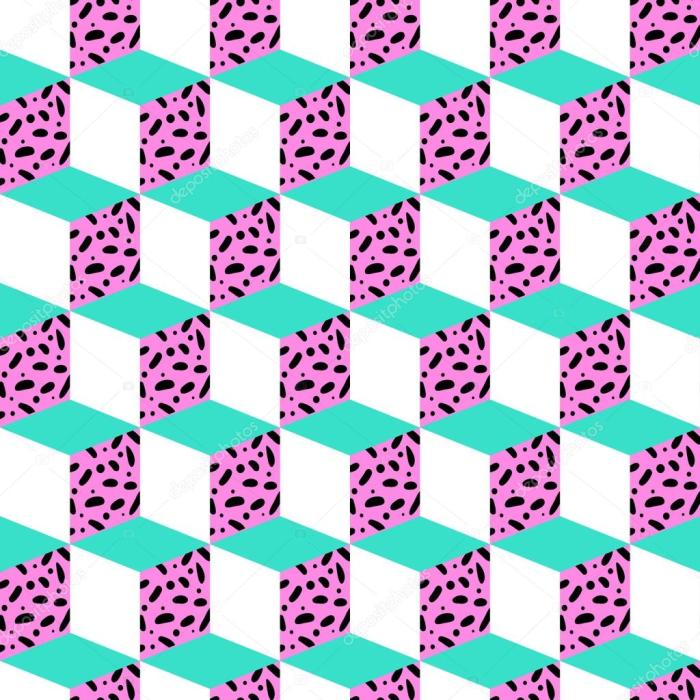
Hello All! I’ve neglected this blog for a few months, but had thought to start up a new post series where I look at synthwave through a conceptual lens. The first topic I want to cover is arrangement, by which I mean, how parts cohere into a song. -G
Part- and Pattern-Based Music
There are, essentially, two main approaches to composition and arrangement: (1) part-based and (2) pattern-based. These approaches are not mutually exclusive; there is also a lot of overlap and hybridization (more on that later). Fundamentally, though, part-based and pattern-based music differ structurally and philosophically.
Part-based music is divided into discrete sections, usually referred to as “verse,” “bridge,” “pre-chorus,” “chorus,” etc. The chorus is the main hook–the section that should, ideally, be the most memorable and elicit the strongest emotional response. The other sections exist to build tension for the chorus, imbuing the moment it arrives with release, which then triggers euphoria.
Pattern-based music, by contrast, is divided into a series of interlocking patterns, which are then combined to induce a hypnotic state. Tension comes from subtle alterations to meta-pattern, or from pulling pieces out and then slamming them back in again. Euphoria may derive either from these moments or from the hypnotic state itself.
Whether you realize it or not, you are already deeply familiar with both. Most pop and rock music is part-based. Most classical music–think Beethoven or Mozart–is also part-based, as is big band jazz. But dance music is usually pattern-based, as is much traditional folk music. Jazz from bebop on is also pattern-based, featuring a single groove and then a series of improvised riffs off that groove. And whereas Beethoven and Mozart generally wrote part-based music, Bach’s fugues are decidedly pattern-based. So is most contemporary classical music.
Part-based and pattern-based music are not, however, mutually exclusive categories. Rather, it helps to think of them as both a Venn diagram and continuum. Techno, African traditional drum music and contemporary classical present what are, in my view, the most radical visions of pattern-based music in existence. But hip-hop resides in the fuzzy border region between part- and pattern-based music, as does vocal house music, EDM and a lot of extreme metal.
Part- and Pattern-Based Approaches to Synthwave
Both part- and pattern-based approaches are well represented in synthwave, and have been since it’s inception. To illustrate, here are two of my absolute favorite early synthwave tracks: Electric Youth’s “Right Back To You” (part-based) and College’s “Teenage Color” (pattern based):
Notice the difference in how they build tension and release. “Right Back To You” is all about setting up the chorus, which is infectious and downright euphoric. “Teenage Color,” by contrast, builds tension slowly, by introducing, dropping and modulating patterns into a tightly-constructed, hypnotic collage.
“Ocean Drive” by Miami Nights 1984 is another one of my favorite pattern-based synthwave tracks. Listen how it slowly builds up to that killer synth solo:
Now consider the MPM Soundtracks classic, “Daydreamer,” which is a wonderfully nostalgic, part-based instrumental:
Examples of hybridization abound as well, especially but not exclusively when pattern-based producers do the odd vocal track. Two of my favorite examples are “Hand in Hand” by Makeup and Vanity Set and “A Real Hero” by College and Electric Youth:
Part-Based vs. Pattern-Based Music: Is One “Better” for Synthwave?
You’ve probably guessed by now that my answer is “no.” Synthwave draws on both the part-based pop and pattern-based dance music traditions, and both halves of the equation are important. In other words, there is and should be room for both approaches.
In recent years, though, synthwave has been moving away from pattern-based styles like outrun and toward more part-based approaches, most notably with the vocal pop style that Iron Skullet calls popwave, but also in instrumental music.
I like a lot of that stuff, some of it dearly, but pattern-based music holds a special place in my heart. I love the feeling of being entranced by interlocking rhythms–the moment when the various pieces link together almost geometrically–and the feeling of motion that emerges from subtle changes to the meta-pattern. I love hearing DJs create new pastiches by merging two or more pattern-based tracks into something new and original. And I love being in the peculiar headspace that emerges from dancing to music where the performer is backgrounded to the experience, rather than watching a performer on a stage.
I want synthwave to build a DJ and club culture the way it is building a live music culture; and I want synthwave to celebrate pattern-based music just as it celebrates part-based music. Because why not? Both are awesome–and complementary to one another. (Plus DJ sets are a great way for artists to get exposure, while DJing can be a solid source of music-based income, but those issues deserve their own dedicated blog post.)
More Listening
I’ve already linked to a bunch of awesome music, but here are some more of my favorite part-based and pattern-based synthwave tracks, as well as a couple of mine at the end:
Makeup and Vanity Set – “A Glowing Light, A Promise” (pattern-based)
The Midnight – “Los Angeles” (part-based)
Vandal Moon – “Baby Sounds” (part-based)
Betamaxx – “Redlining 6th” (pattern-based)
Mitch Murder – “In the News” (hybrid)
The G – “Shadows in the Neon Rain” (hybrid)
The G featuring Vampire Step-Dad – “The Color of Television” (hybrid)
The G – “City Lights” (pattern-based)

Great piece. Put words to a lot of things I hadn’t been able to explain nearly as well as this. Thanks for putting it together.
LikeLike
Thanks dude…glad you enjoyed it!
LikeLike